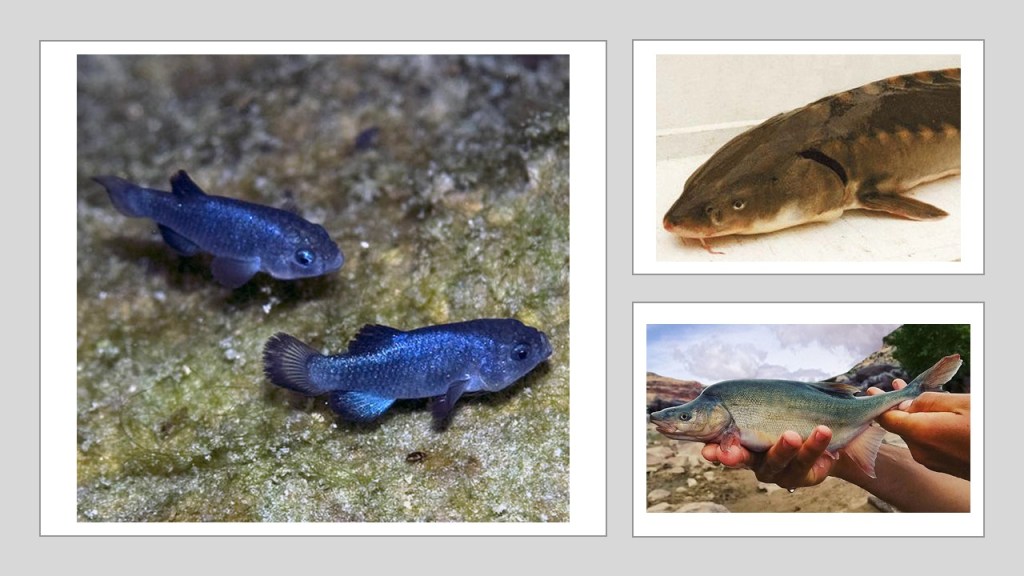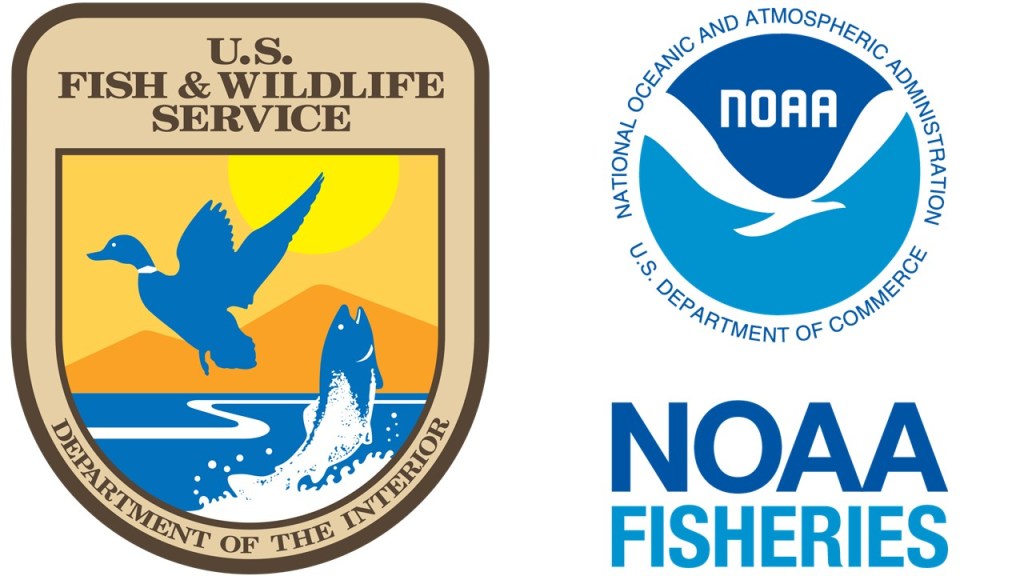Endangered Species Day was celebrated a few weeks back on May 19, and this year’s event was particularly notable because 2023 marks the 50th anniversary of the U.S. Endangered Species Act (ESA). The ESA is a landmark piece of legislation that has been instrumental in protecting some of the country’s most vulnerable fish and wildlife. But what exactly does it do?
First, some history: the ESA’s origins date back to the beginning of the 20th century when Congress passed the first wildlife law (the Lacey Act of 1900) in response to growing public concern over the decline of wild game species including the once-plentiful passenger pigeon (Ectopistes migratorius). The first iteration of the Lacey Act made it a federal crime to hunt game with the intent of selling it in another state.

Even with the Lacey Act in place, however, populations of many species continued to decline. It was amid the era of increasing public awareness of environmental challenges of the 1960s that Congress passed the Endangered Species Preservation Act of 1966. The goal of this legislation was to “conserve, protect, restore, and propagate certain species of native fish and wildlife.” It was amended in 1969 to grant protection to amphibians, reptiles, mollusks, and crustaceans.
The first list of threatened and endangered species was issued by the Department of Interior and included 14 mammals, 36 birds, 6 reptiles, 6 amphibians, and 22 fish (only vertebrates were listed at the beginning because of a limited definition of “fish and wildlife”). The 22 fish species on that first list included the Devils Hole Pupfish (Cyprinodon diabolis), Shortnose Sturgeon (Acipenser brevirostrum), and Humpback Chub (Gila cypha).

The Endangered Species Preservation Act of 1966 (and the 1969 amendment) had several limitations including a lack of funding and enforcement mechanisms that made it not as effective as many had hoped. To address these shortcomings, Congress passed the Endangered Species Act in 1973 with broad bipartisan support and significantly expanded the federal government’s authority to protect at-risk species. The law established a process for identifying and listing species that are threatened with extinction, as well as a framework for developing and implementing recovery plans to help these species recover. The ESA was signed into law by President Richard Nixon on December 28, 1973.
Under the ESA, a species can be listed as either “endangered” or “threatened” if it’s at risk of becoming extinct in all or a significant portion of its range. When a species is listed, it gains protection from activities that could harm or kill it, and federal agencies are required to ensure that their actions don’t jeopardize the continued existence of the species or its habitat(s). The ESA provides a range of tools that include habitat conservation plans, land acquisition programs, and financial incentives for private landowners who conserve critical habitats. The law also prohibits the trade of endangered species or their parts, except under limited circumstances. Populations of listed species are monitored over time to determine whether they are recovering – with the ultimate goal of delisting.
The U.S. Fish and Wildlife Service and National Oceanic and Atmospheric Administration (NOAA) National Marine Fisheries Service share responsibility for putting the ESA into practice. U.S. FWS is generally responsible for terrestrial and freshwater species, while NOAA is responsible for most marine species. The two agencies share jurisdiction over several other species that use multiple habitats, including anadromous fishes like Gulf Sturgeon (Acipenser oxyrinchus desotoi) and Atlantic Salmon (Salmo salar).
Beyond the ESA success stories you may be familiar with (like the Bald Eagle), the first fish to be delisted was the Oregon Chub (Oregonichthys crameri). The Oregon Chub was listed in 1993 when the population had declined to under 1,000 fish as a result of the construction of dams and other barriers throughout the Willamette River drainage. This listing prompted actions from a variety of agencies and individuals as part of a recovery plan that included working with landowners to secure new habitat, improving floodplain management, and transplanting fish to new locations. Twenty-two years later, Oregon Chub numbers had increased to ~160,000 fish and the species was formally delisted in 2015.
Despite the ESA’s successes, it has not been without controversy (though notably, a majority of Americans support the goals of the act, Bruskotter et al. 2018). Some argue that the law places too many restrictions on land use and development, or that it is too expensive to implement. Others argue that the ESA is not as effective as it should be and needs an update, saying that it can be overly bureaucratic and slow to adapt to changing conditions. Likewise, the process of adding a species to the ESA can be complex and involves scientific assessments, public comment periods, and legal considerations.
So as we celebrate the ESA’s golden anniversary, where do we go from here? The ESA turns the big 5-0 in a time when aquatic organisms and ecosystems are faced with increasing stressors (e.g., climate change, continued habitat loss) and when other environmental legislation is being curtailed (e.g., limitations on the Clean Water Act resulting from Sackett v. Environmental Protection Agency). What will the ESA look like in another 50 years?



